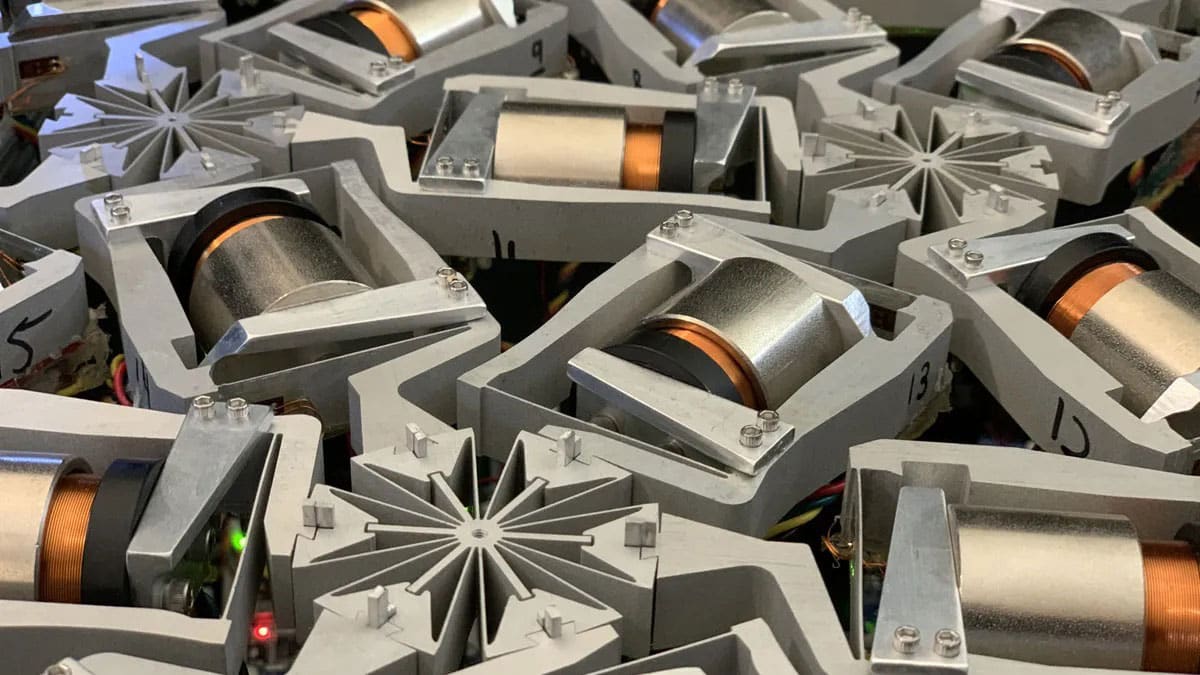
Researchers from the University of California at Los Angeles (UCLA) and the University of Twente have designed a new class of material that can learn behaviors over time and develop a “muscle memory” of its own, allowing for real-time adaptation to changing external forces.
The material is composed of a structural system made up of tunable beams that can change their shape and behaviors in response to dynamic conditions. The research team discovered that the technology boasts applications in the construction of buildings, airplanes, and imaging technologies, among others.
“This research introduces and demonstrates an artificial intelligent material that can learn to exhibit the desired behaviors and properties upon increased exposure to ambient conditions,” said mechanical and aerospace engineering professor Jonathan Hopkins of the UCLA Samueli School of Engineering, who led the research. “The same foundational principles that are used in machine learning are used to give this material its smart and adaptive properties.”
When the material is placed in aircraft wings, it could learn to morph the shape of the wings based on the wind patterns during a flight to achieve greater efficiency and maneuverability in the plane. Building structures infused with this material could also self-adjust the rigidity in certain areas to improve their overall stability during an earthquake or other natural or manmade disasters. Utilizing and adapting concepts from existing artificial neural networks, which are the algorithms that drive machine learning, the researchers developed the mechanical equivalents of the neural network components in an interconnected system.
The mechanical neural network (MNN) the team has created consists of individually tunable beams oriented in a triangular lattice pattern. Each beam features a voice coil, strain gauges, and flexures that enable the beam to alter its length, adapt to its changing environment in real-time, and interact with other beams in the system.
The voice coil initiates the fine-tuned compression or expansion in response to new forces placed on the beam. The strain gauge is responsible for collecting data from the beam’s motion used in the algorithm to control the learning behavior, while the flexures act as flexible joints among the moveable beams to connect the system.
An optimization algorithm then regulates the entire system by taking the data from each of the strain gauges and determining a combination of rigidity values to control how the network should adapt to applied forces. While early prototypes had issues with the lag between input and reaction, the team spent five years ironing out the kinks to the point where the mechanical neural network material could learn and react in real-time.
The system is currently about the size of a microwave oven, but the researchers plan to simplify the MNN design so that thousands of the networks can be manufactured on the micro-scale within 3D lattices for practical material applications. Aside from using the material in vehicles and construction materials, the researchers suggest MNNs could also be incorporated into armor to deflect shockwaves or in acoustic imaging technologies to harness soundwaves.
Engineers design AI material that can learn behaviors over time
Source: Tambay News

0 Comments